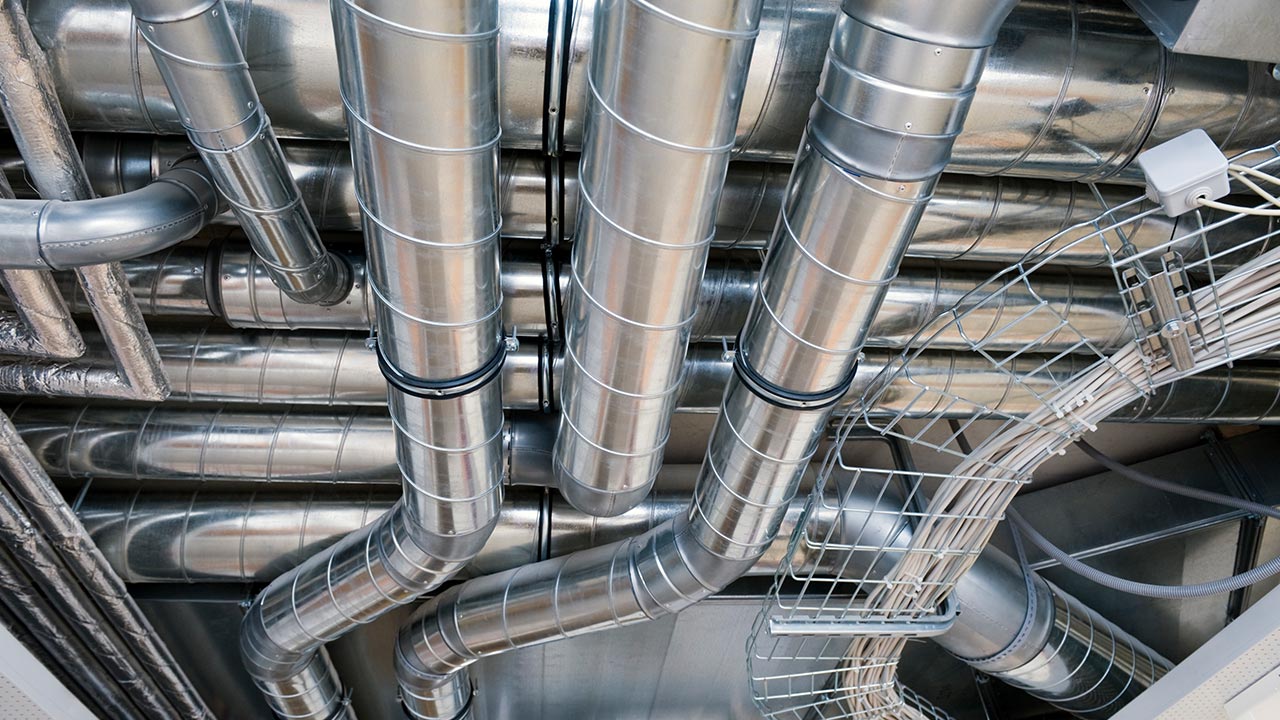In the world of air conditioning systems, there are various types available to suit different needs and environments. Two commonly used systems are exhaust AC and vent AC. While they may seem similar at first glance, there are significant differences between the two. In this article, we will delve into the nuances of exhaust AC and vent AC, exploring their functionalities, benefits, and applications. By the end, you will have a comprehensive understanding of the distinction between these two types of air conditioning systems.
- Exhaust AC: Enhancing Indoor Air Quality
Exhaust AC systems are primarily designed to remove stale air and pollutants from enclosed spaces. These systems work by extracting indoor air and expelling it outside, creating a negative pressure environment. This process helps to eliminate odors, smoke, and other contaminants, ensuring a healthier indoor environment. Exhaust AC systems are commonly used in commercial kitchens, laboratories, and industrial settings where air quality is a top priority. - Vent AC: Balancing Temperature and Fresh Air
Vent AC systems, on the other hand, focus on maintaining a comfortable indoor temperature while also providing fresh air circulation. These systems utilize a combination of intake and exhaust mechanisms to achieve a balanced airflow. Vent AC systems are commonly found in residential and commercial buildings, where they help regulate temperature, control humidity, and improve overall air quality. They are particularly beneficial in spaces where occupants spend extended periods, such as offices, schools, and homes. - Key Differences:
a) Airflow Direction: The primary distinction between exhaust AC and vent AC lies in the direction of airflow. Exhaust AC systems expel indoor air outside, while vent AC systems bring in fresh air from outside.
b) Air Quality Focus: Exhaust AC systems prioritize air quality by removing pollutants, while vent AC systems focus on temperature regulation and fresh air circulation.
c) Applications: Exhaust AC systems are commonly used in environments where air quality is critical, such as commercial kitchens and laboratories. Vent AC systems are more versatile and can be found in various settings, including residential, commercial, and educational spaces. - Benefits and Considerations:
a) Exhaust AC Benefits: Improved indoor air quality, removal of odors and contaminants, reduced health risks, and compliance with ventilation standards.
b) Vent AC Benefits: Enhanced comfort, temperature regulation, humidity control, energy efficiency, and improved overall well-being.
c) Considerations: Proper sizing and installation are crucial for both exhaust AC and vent AC systems to ensure optimal performance. Regular maintenance and filter replacements are necessary to maintain air quality and system efficiency.
Conclusion:
In conclusion, understanding the difference between exhaust AC and vent AC is essential when choosing the right air conditioning system for your specific needs. While exhaust AC focuses on air quality by expelling indoor air, vent AC systems provide a balance between temperature regulation and fresh air circulation. By considering the specific requirements of your environment, you can make an informed decision and create a comfortable and healthy indoor space.


